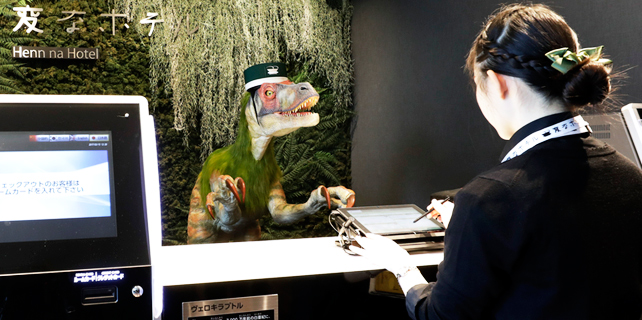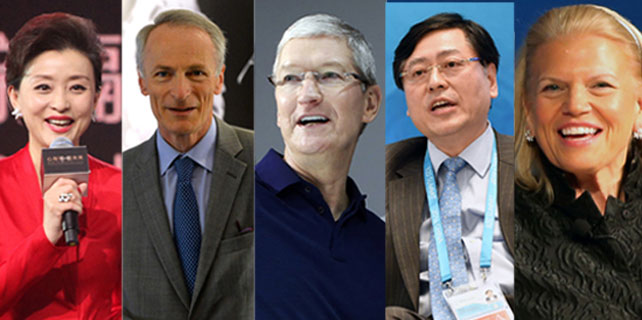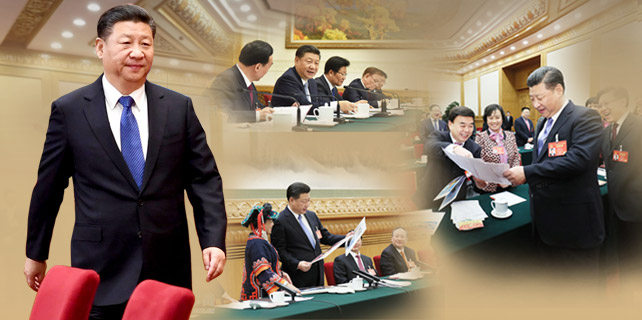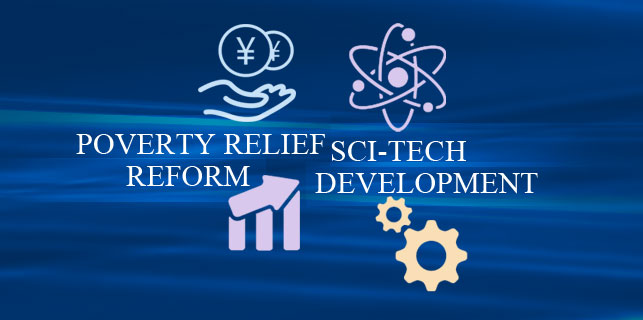Civil sector can boost PLA's modernization
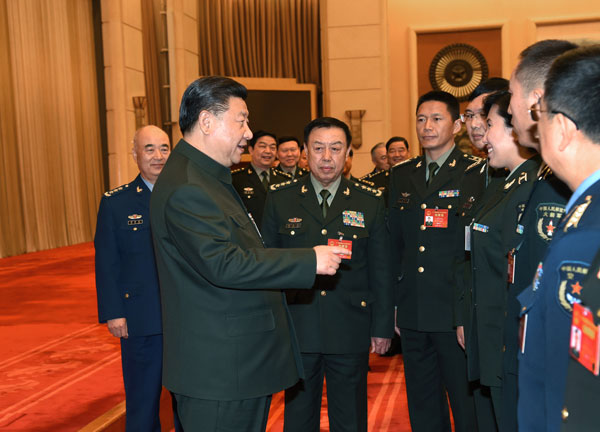 |
|
President Xi Jinping, also general secretary of the Communist Party of China Central Committee and chairman of the Central Military Commission, greets National People's Congress deputies from the PLA during the two sessions in Beijing on Sunday. Li Gang / Xinhua |
The military should boost integration with civilian sectors, and use scientific and technological innovation to modernize its weapons and equipment, said Xi Jinping, general secretary of the Communist Party of China Central Committee and chairman of the Central Military Commission, at a meeting with the People's Liberation Army delegation to the annual session of the country's top legislature on March 12.
Such strategic thinking points out the direction of high technology-based modernization of the PLA, and offers scientific theoretical guidance for its development.
Since the 18th National Congress of the CPC in late 2012, China has taken faster and bigger steps toward scientific and technological innovation. For example, China has become the leading player in quantum communications, high-speed railways and other high-tech fields. Its aerospace and deep-sea exploration technologies are also among the most advanced in the world.
Moreover, China's booming scientific and technological development has made it a powerful magnet for talents. According to the Ministry of Education data, the total number of Chinese going abroad for studies last year was 544,500, while the number of those who returned home after completing their studies overseas was 432,500, which means the ratio between outgoing students and incoming talents declined to 1.26:1 in 2016 from 1.46:1 in 2012. Last year also saw more than 440,000 overseas students-up 35 percent from 2012-landing in China for higher studies.
In fact, China has become the largest destination for foreign students in Asia since the 18th CPC National Congress and 80 percent of the overseas Chinese students have chosen to return home after completing their studies.
The considerable rise in China's economic and scientific and technological strength, along with its strong reserve of scientific and technological talents, has laid a solid foundation for boosting the development of the PLA. The time is also ripe for the PLA to strengthen its combat capability, by integrating military and civilian technologies.
Of course, some top-level policy designs and strategic planning are needed to facilitate this integration. The CPC Central Committee has drafted a series of plans and made strategic decisions on the implementation of innovation-driven development and military-civilian integrated development strategies. And to ensure it is smoothly implemented, the idea of military-civilian integrated development should be made a part of the country's overall strategic planning and, based on the 13th Five-Year Plan (2016-20) for army building, dovetailed with national strategic planning. Only after that, the authorities should strategize paths, key tasks, targets and areas for breakthroughs.
Defense science and technology, and weapons and equipment should be a key area of the integrated development of military and civilian sectors, and an important signifier of the overall development level. And for boosting China's military combat capability through military-civilian integrated development, we must cultivate and apply innovative and advanced technologies to modernize the PLA, in order to ensure foolproof national security, and maximize the use of civilian technologies for military purposes to form a multi-dimensional, coordinated and military-civilian integrated development pattern.
China has been modernizing its military, developing defense weapons and equipment, and building new types of combat forces for which it needs to expand and improve the channels to cultivate talents, as well as make full use of both civilian and military education resources, introduce more multi-faceted talents and expand the pool of military talents.
It also has to break the institutional barriers blocking military-civilian integrated development, especially in the scientific and technological fields, to facilitate the convergence of strong scientific and technological forces for the development of the PLA.
The author is an associate professor at the PLA Navy's Dalian Warship College.





